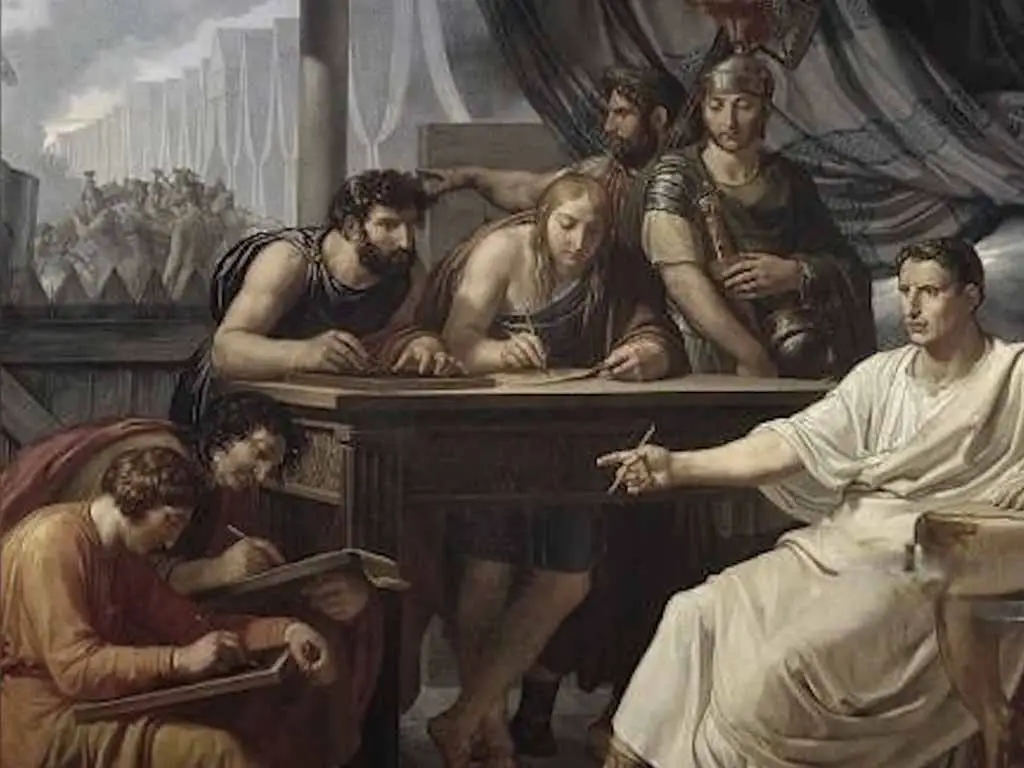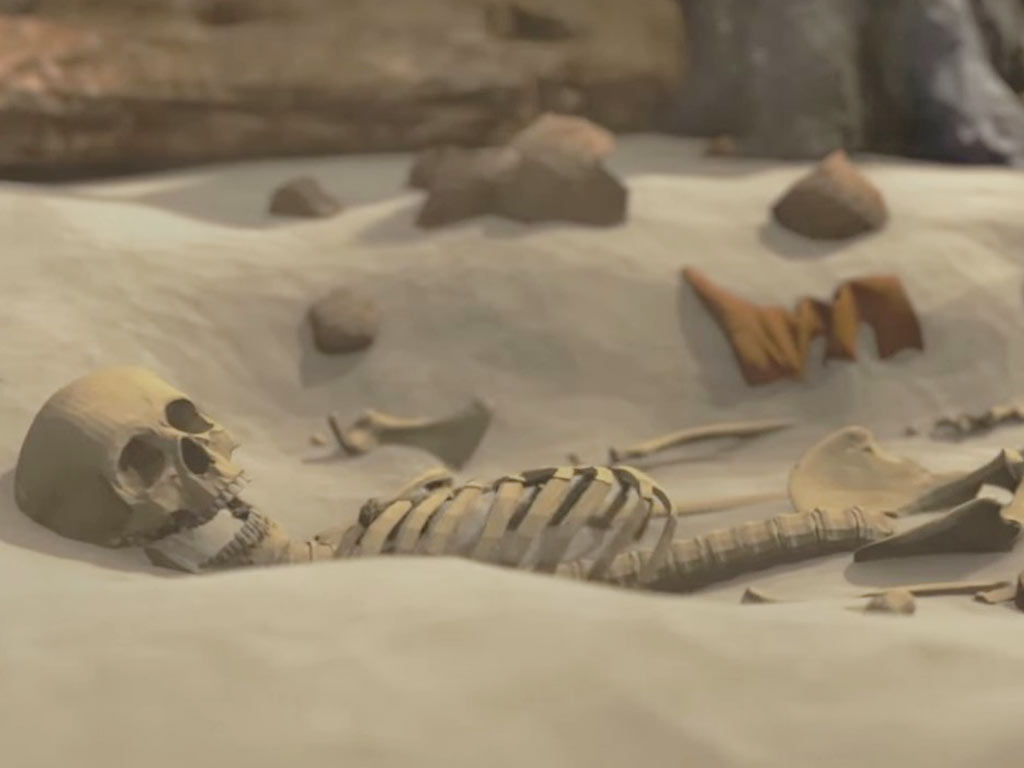Chronology plays a crucial role in unraveling the tapestry of history, and two primary approaches guide this temporal exploration: absolute and relative chronology.
Absolute chronology involves precise dating, assigning specific calendar years to events or artifacts, and offering a meticulous timeline.
Scientific techniques, such as radiocarbon dating, contribute to this method’s accuracy.
In contrast, relative chronology focuses on the order of events, determining their sequence without specifying exact periods.
Contextual clues, stratigraphy, and stylistic changes form the basis for relative dating.
While absolute chronology provides pinpoint accuracy, relative chronology offers a comparative perspective, emphasizing the temporal relationships and developmental sequences within historical narratives.

Relative Chronology Definition
Absolute chronology refers to the precise dating of historical events or artifacts using specific calendar years, eras, or timelines.
Unlike relative chronology, which establishes the sequence of events without exact time measurements, absolute chronology provides a fixed temporal framework.
This method relies on calendars, historical records, radiocarbon dating, dendrochronology, and other scientific techniques to determine the actual age of an event or object.
Absolute chronology enhances historical accuracy by establishing a clear and standardized timeline, enabling a more precise understanding of the temporal context of various developments in human history.
Relative Chronology Definition
Relative chronology is a method of dating and arranging historical events or artifacts based on their sequence or order of occurrence, without specifying their exact time intervals.
This approach places events about one another, establishing a chronological framework without precise calendar dates.
Relative dating relies on stratigraphy, stylistic changes, and other contextual clues to determine the relative age of objects or events.
While it does not provide specific time measurements, relative chronology helps organize historical narratives and understand the development of cultures by establishing the order in which events occurred, offering a comparative perspective on the temporal relationships between different phenomena.
What Is the Difference Between Absolute and Relative Chronology?

Chronology, the science of arranging events in their order of occurrence, employs two fundamental methodologies: absolute and relative chronology.
Each approach serves distinct purposes in understanding historical timelines.
Absolute chronology provides specific dates to events, while relative chronology establishes their sequence without precise temporal measurements.
Let’s explore the key differences between these two methods through a comparative table:
| Aspect | Absolute Chronology | Relative Chronology |
| Definition | Specifies exact calendar years for events. | Establishes the order without precision. |
| Dating Techniques | Radiocarbon dating, dendrochronology, historical records. | Stratigraphy, stylistic changes, contextual clues. |
| Accuracy | High precision due to specific timeframes. | General order without pinpoint accuracy. |
| Usefulness | Provides a detailed chronological framework. | Offers a comparative perspective on events. |
| Examples | 476 AD fall of the Roman Empire. | Pottery sequence indicating cultural shifts. |
| Applications | Historical events, archaeological dating. | Understanding cultural evolution, relative timelines. |
| Limitations | Requires reliable historical records and calibration. | Dependent on context and can lack precision. |
| Scientific Advancements | Advances in dating techniques enhance accuracy. | Refinements in archaeological methods and analysis. |
| Global vs. Regional Focus | Applicable globally with standardized calendars. | May vary based on local cultural and geological contexts. |
| Interdisciplinary Nature | Involves collaboration with scientific disciplines. | Often relies on archaeological and anthropological expertise. |
Relative Chronology Example
Relative chronology relies on establishing the order of events without assigning specific calendar dates.
Here are a few examples illustrating the application of relative chronology:
Stratigraphy in Archaeology
Archaeologists analyze layers of soil (strata) to determine the relative ages of artifacts. Deeper layers generally represent earlier periods, helping create a chronological sequence of human activities at a site.
Stratigraphy is foundational in archaeological excavation, as it allows researchers to understand the temporal progression of settlements, the construction of structures, and the deposition of artifacts over time.
Stylistic Changes in Art and Architecture
Evolution in artistic styles and architectural features can indicate the relative age of structures or artifacts.
Changes in pottery design, artistic motifs, or building techniques provide valuable insights into cultural developments over time.
For instance, the transition from Romanesque to Gothic architecture in medieval Europe reflects not only aesthetic shifts but also a chronological progression in architectural history.
Seriation of Pottery
Pottery seriation involves arranging pottery fragments based on changes in style over time.
By examining the evolution of pottery forms, archaeologists can establish a relative chronology and trace cultural changes within a specific region.
This method is particularly useful for understanding trade patterns, cultural interactions, and technological innovations as reflected in pottery production.
Comparative Analysis of Cultural Artifacts
Examining the similarities and differences between artifacts found in different locations allows researchers to develop a relative chronology.
This method helps identify cultural connections, trade patterns, and the diffusion of technological innovations.
For example, the comparison of ancient tools across different regions can reveal the spread of specific technologies and the cultural interplay between communities.
Cultural Stratigraphy in Anthropology
Cultural practices and traditions can exhibit temporal changes. Studying the evolution of burial practices, rituals, or language within a community provides a relative chronological framework for understanding social and cultural transformations.
Anthropologists often use ethnographic and historical data to trace changes in customs, providing a relative timeline for the development of cultural practices within specific societies.
Absolute Chronology Example
Absolute chronology involves the precise dating of historical events or artifacts using specific calendar years or timelines.
Here are examples illustrating the application of absolute chronology:
Carbon-14 Dating in Archaeology

Radiocarbon dating is a cornerstone of absolute chronology in archaeology. By measuring the decay of carbon isotopes (particularly carbon-14) in organic materials like bones or wood, archaeologists can determine the exact age of artifacts or human remains.
This technique provides a specific calendar date, enabling a precise understanding of when the analyzed materials were last alive or in use.
Carbon-14 dating has been instrumental in dating archaeological sites and establishing chronological sequences for ancient civilizations.
Tree-Ring Dating (Dendrochronology)
Dendrochronology involves analyzing the growth rings of trees to establish precise timelines.
Each tree ring corresponds to a specific year, allowing researchers to date wooden structures or artifacts with exceptional accuracy.
Tree-ring dating not only provides absolute dates but also offers insights into past climate conditions, as variations in ring width can reflect environmental changes.
Historical Documents and Records
Written records, such as historical documents, manuscripts, and inscriptions, often provide explicit dates for events.
Examples include royal decrees, legal documents, and historical chronicles that offer a direct and specific chronological reference.
The deciphering and interpretation of these records contribute significantly to constructing the absolute chronology of various historical periods.
Astronomical Dating
Some ancient civilizations, like the Maya, used astronomical observations to calibrate their calendars.
By tracking celestial events such as solstices or equinoxes, these cultures developed calendars with remarkable precision.
Astronomical dating provides absolute dates for specific historical events and demonstrates the advanced scientific knowledge of ancient societies in understanding celestial cycles.
Ice Core Dating
In polar regions, ice cores contain layers that correspond to specific years. By analyzing the composition of these layers, scientists can determine climate variations and assign absolute dates to different periods, providing insights into Earth’s environmental history.
Ice core dating has been crucial in understanding past climatic conditions and their impact on the planet.
Luminescence Dating
Luminescence dating methods, such as thermoluminescence and optically stimulated luminescence, measure the time elapsed since certain materials were last exposed to sunlight or heat.
This is often applied to dating pottery and sediments, offering a precise chronological framework.
Luminescence dating is particularly useful in archaeological contexts where other dating methods may be less applicable.
Potassium-Argon Dating in Geology
Geologists use the potassium-argon dating method to determine the age of rocks and minerals.
By measuring the ratio of potassium to argon, scientists can calculate the time elapsed since the material solidified, providing absolute dates for geological events.
This technique has been instrumental in understanding the Earth’s geological history, including the dating of volcanic eruptions and the formation of rocks.
FAQs
What is the main goal of absolute chronology?
The primary goal of absolute chronology is to offer a detailed and accurate chronological framework by assigning specific dates to historical events, allowing for a precise understanding of timelines.
How is relative chronology useful?
Relative chronology is valuable for understanding the order and relationships between events without requiring precise dating.
It provides a comparative perspective, aiding in the analysis of cultural developments and evolutionary sequences.
Can both methods be used together?
Yes, absolute and relative chronology are often used in conjunction to provide a more comprehensive understanding of historical timelines.
While absolute chronology offers precision, relative chronology adds depth by establishing the contextual relationships between events.
To Recap
The distinction between absolute and relative chronology serves as a cornerstone in unraveling the complexities of human history.
Absolute chronology, with its precision in assigning specific dates through scientific methods, provides a meticulous framework for understanding temporal sequences.
Conversely, relative chronology, relying on contextual clues and sequencing without precise dating, offers a broader comparative perspective.
Together, these methodologies create a comprehensive approach to historical and archaeological analysis.
Absolute chronology, exemplified by techniques like radiocarbon dating and tree-ring analysis, ensures accuracy, while relative chronology, seen in stratigraphy and cultural comparisons, enriches the narrative by emphasizing the order and relationships between events.
The dynamic interplay of these methods fosters a nuanced comprehension of our collective past.

Leave a Reply